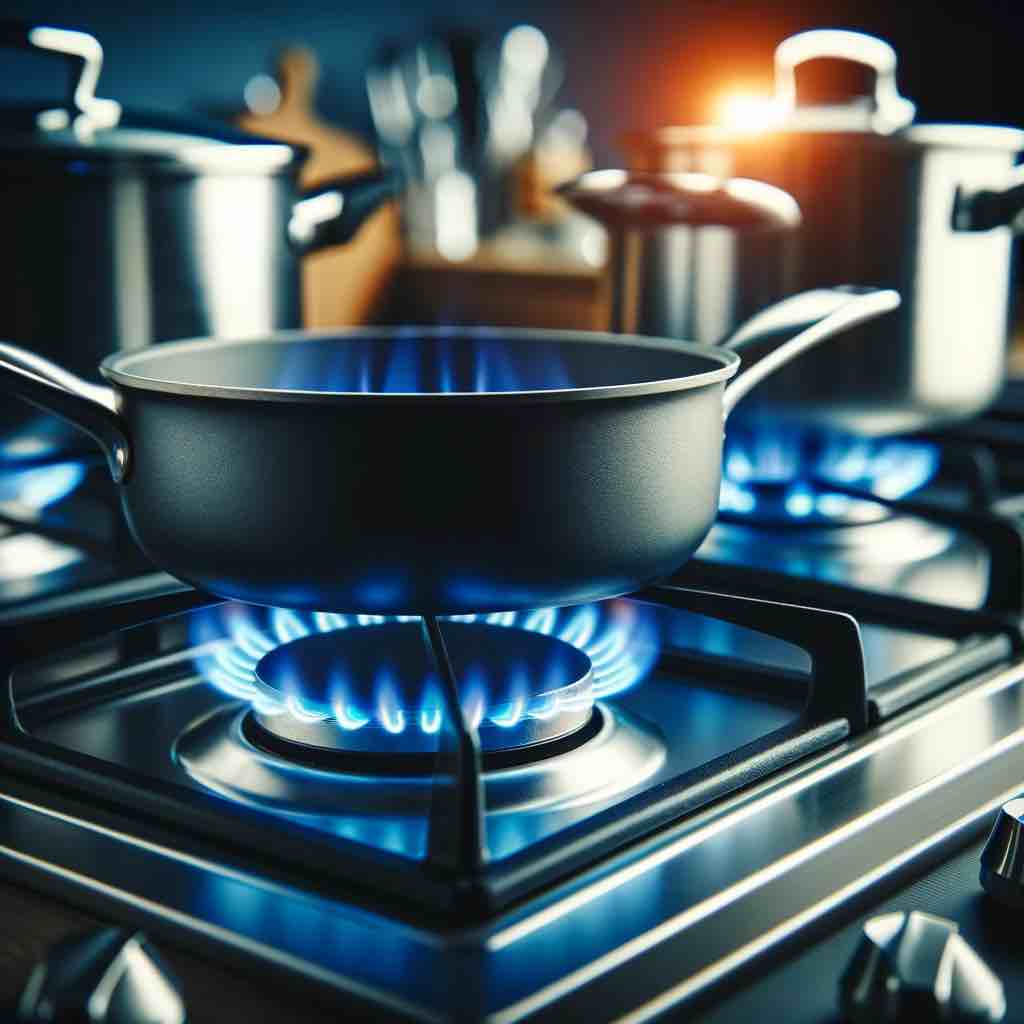Today’s Focus of Attention is reader-supported. We sometimes include products we think are useful for our readers. If you buy through links on this page, we may earn a small commission.
Imagine a world devoid of kitchen stoves. Picture yourself stepping outside with a cauldron or clay pot in hand, feeling the warmth of an open fire as you set your cookware atop a trivet, hearing the crackle and pop of the flames.
Smell the smoky aroma of wood blending with your cooking, an experience far removed from today’s culinary practices.
This scenario portrays the reality before the invention of kitchen ranges, a cornerstone of modern living.
Join us as we delve into the rich history of this indispensable appliance, tracing our journey from ancient fire pits to the sleek, efficient stoves that anchor contemporary kitchens.
What is a Stove?
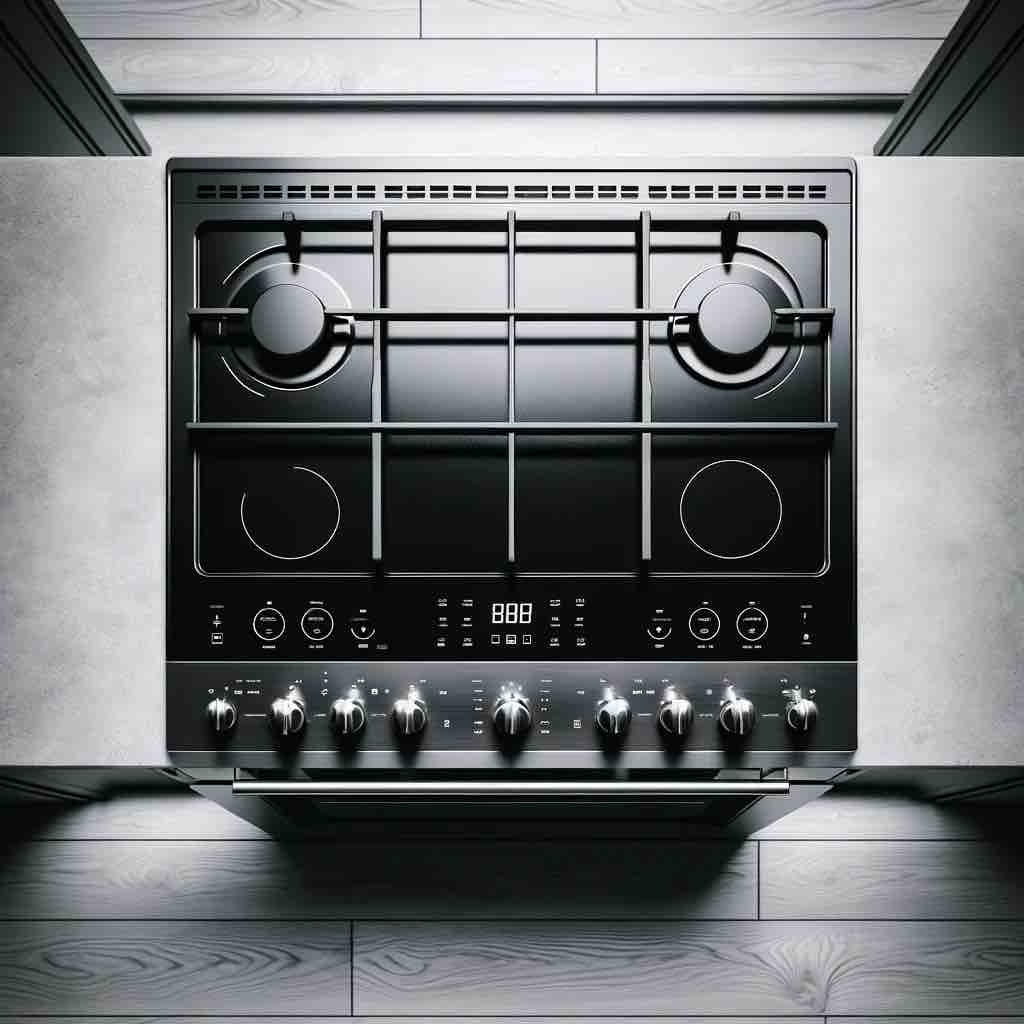
A stove is a direct-heat appliance designed for cooking that most of us have in our kitchens. It came to replace open fires, as it was more controllable, reliable, and efficient.
The first ones, made of clay or cast iron, burnt biomass, such as wood or charcoal, to provide heat during wintry nights and to warm or cook food.
After centuries of evolution, natural gas and electric designs took over, becoming predominant in western society’s kitchens. However, around half of the world’s population today still uses biomass to prepare meals.
Present-day stoves have a cooktop, an oven, and may come with built-in extractor hoods, with a few versions combining gas and electricity.
Let’s look at how this appliance has evolved throughout history.
“Cooking is like love. It should be entered into with abandon or not at all.” Harriet Van Horne.
The Ancient Inception of Stoves
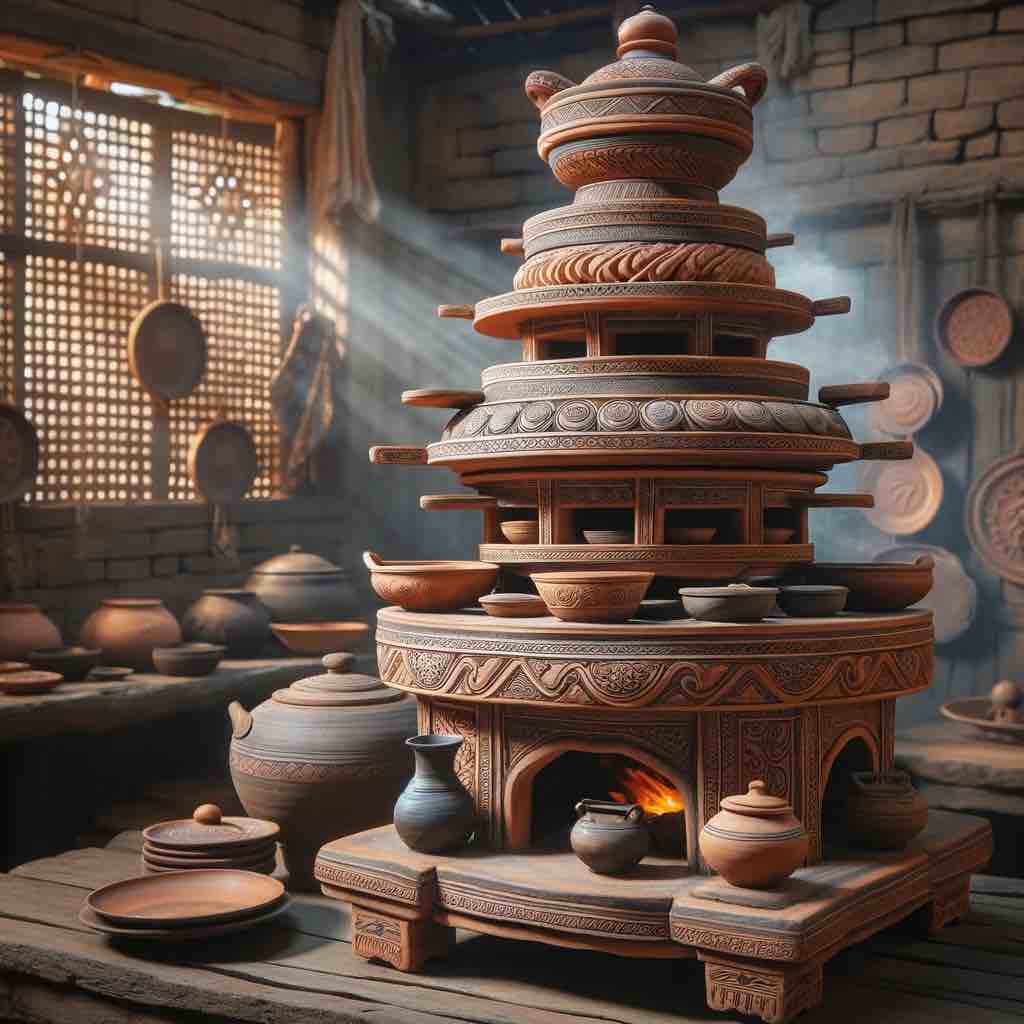
To find the earliest cooking devices, we must travel back in time to the Chinese Qin Dynasty (221 BC to 206 BC), when stoves were built from clay and fired with wood or charcoal.
According to archaeologists, those ranges featured multiple tiers, allowing for cooking different dishes at varying temperatures all at once. The lower levels were hotter, ideal for boiling or frying, while the upper rows, with a gentler heat, suitable for simmering or steaming.
The common fuel for indoor use was charcoal – less smoky, more efficient than wood, and produced steady warmth.
Regarding kitchenware, it was primarily made from pottery or bronze because of its strength and conductivity.
The Art of Japanese “Kamado”
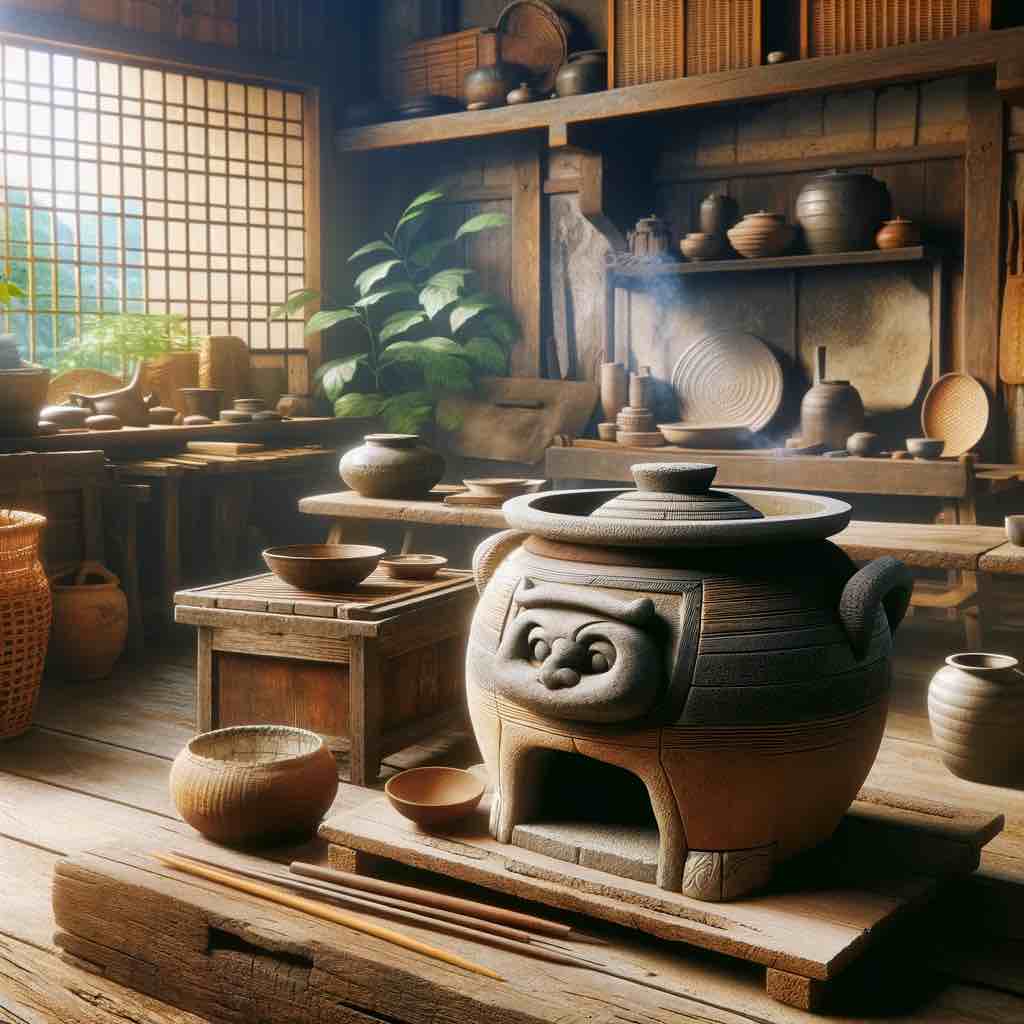
During the Kofun period in Japan (250 AD–538 AD), the stoves called ‘kamados’ were earthenware vessels designed for cooking and heating.
The ‘kamado,’ a sizable fixed appliance in the ‘daidokoro’ (kitchen) of houses, burnt wood or charcoal through a hole in the front. It showed great versatility in steaming, boiling, grilling, and frying.
Centuries later, in the Edo period, ‘kamados’ underwent a major transformation, giving way to the ‘raised kamados,’ where people placed or hung pots into holes at the top of the knee-high construction for heat regulation.
Middle Eastern Mastery of Clay Ovens
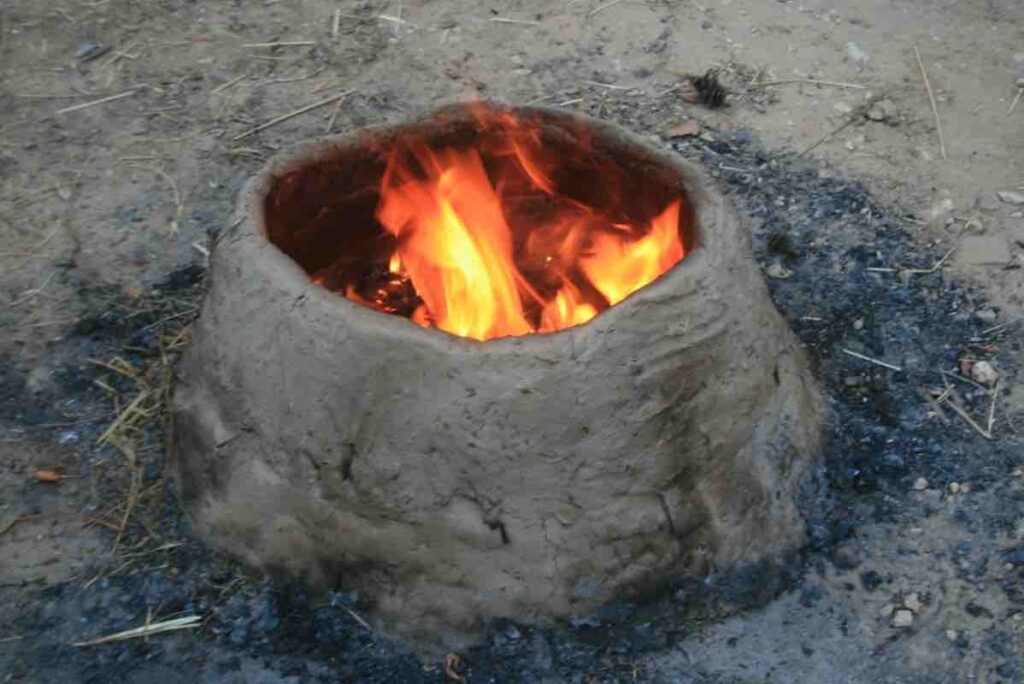
Our journey takes us to the opposite side of Asia, the Middle East, where cooking ranges appeared as early as the 2nd century AD.
In that region, after the gradual elimination of open fires, the clay oven, or ‘tannur’, became a common item for baking bread and preparing other dishes.
The ‘tannur’ worked on the principle of retained warmth: the walls absorbed heat from the initial fire and then, when the blaze was reduced or extinguished, used to cook food.
The European Hearth: From Outdoor Flames to Enclosed Blazes
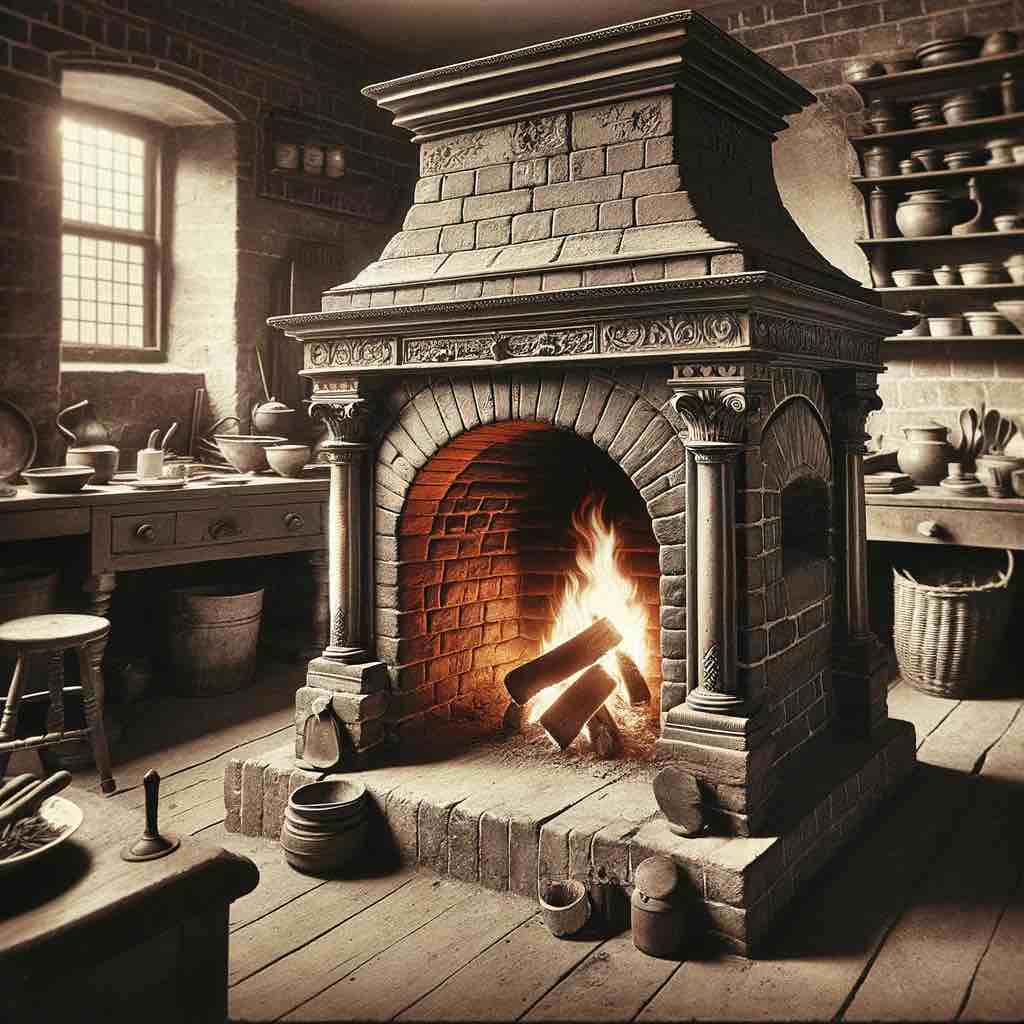
Cooking technologies did not appeal to Europeans. They were still hanging cauldrons on trivets over outdoor blazes until the 18th century. But everybody knew about the dangers and inefficiency of exposed burnings.
The fire chamber emerged as a solution to those problems, with brick-and-mortar walls and a metal plate covering it to keep the flames alive.
The first design was the 1735 ‘Castrol Stove,’ a masonry construction with several holes covered by perforated iron plates.
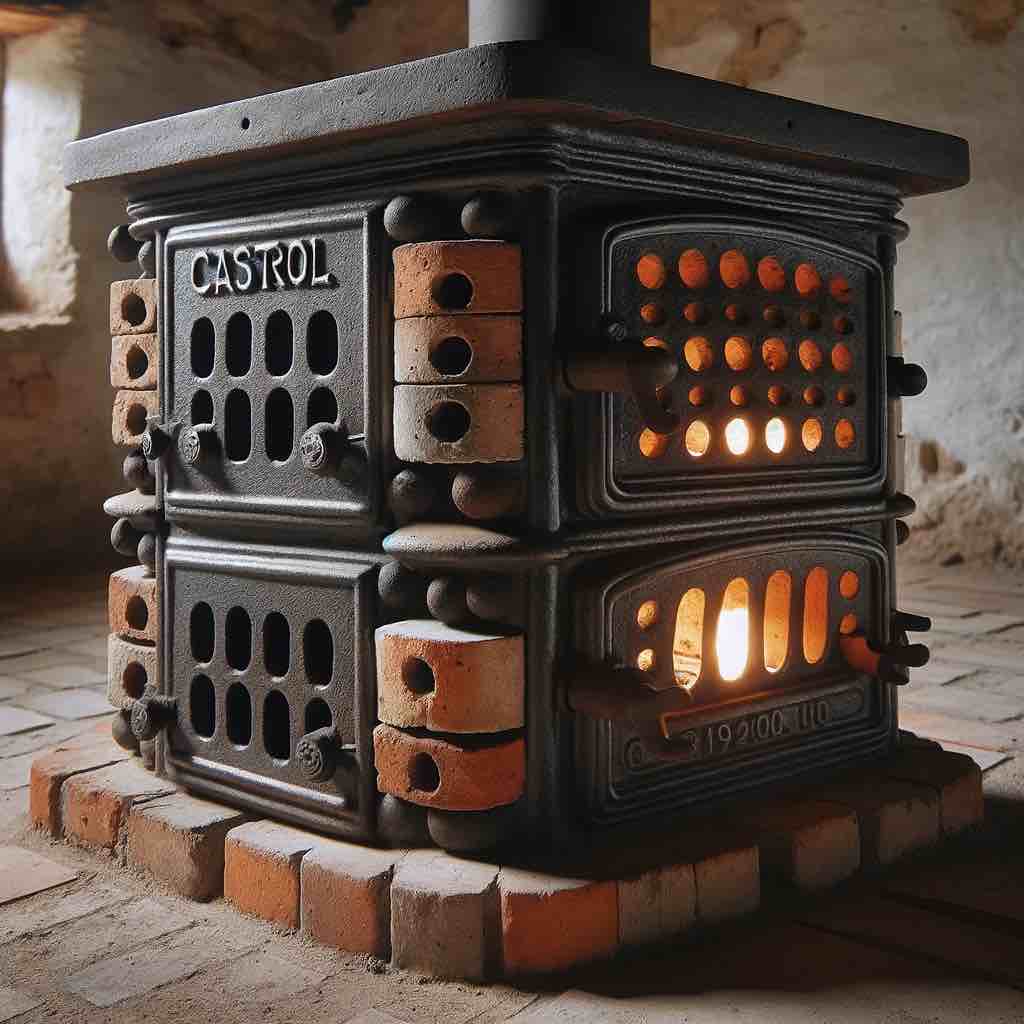
Health Benefits of Enclosed Stoves
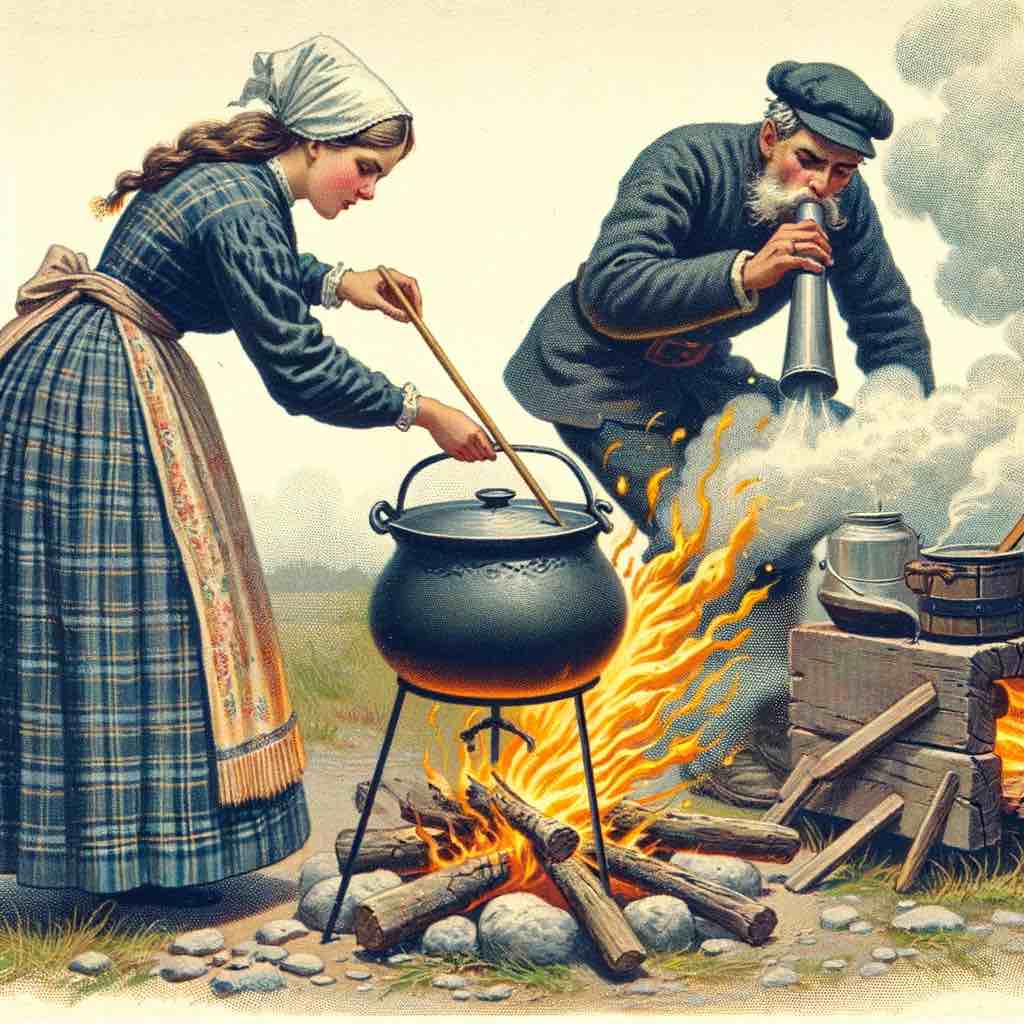
Open fires posed significant hazards since sparks and embers could escape, igniting flammable materials nearby and leading to many accidents. At the same time, the incomplete combustion of wood or coal produced huge amounts of smoke and soot, which filled living spaces
In those days, doctors reported the detrimental effects of those dark fogs, including respiratory problems, chronic bronchitis, and aggravated cases of asthma.
Using chimneys to direct fumes outside the house and improve air quality led to a decrease in these risks, which prompted the transition to enclosed cookers.
Stone and Fire: The Legacy of Masonry Stoves
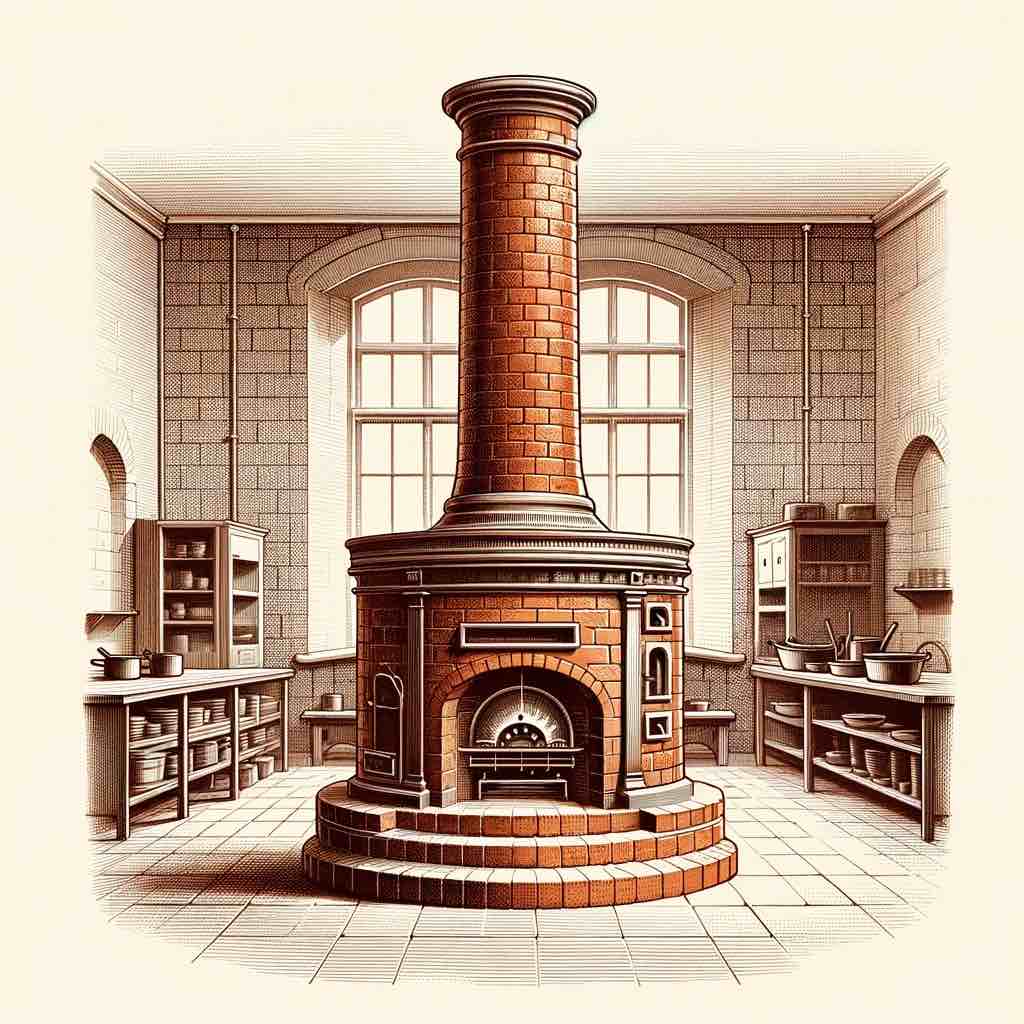
Sir Benjamin Thompson, an American-British physicist, conceived the idea of the modern culinary workstation in the 1790s. His experiments in the fields of heat and light helped to improve chimneys and industrial furnaces, bringing about the invention of the kitchen range.
To achieve this, Thompson restricted the chimney opening to increase updraught, modified fireplaces by inserting bricks into the hearth, and added a choke to boost the speed of air going up the flue.
These innovations resulted in streamlined air flow, increased fire efficiency, and control over fuel combustion.
Following this, Thompson designed a brick kitchen range with a cylindrical oven and holes for pot insertion. It became adopted in large businesses but was too unwieldy for households.
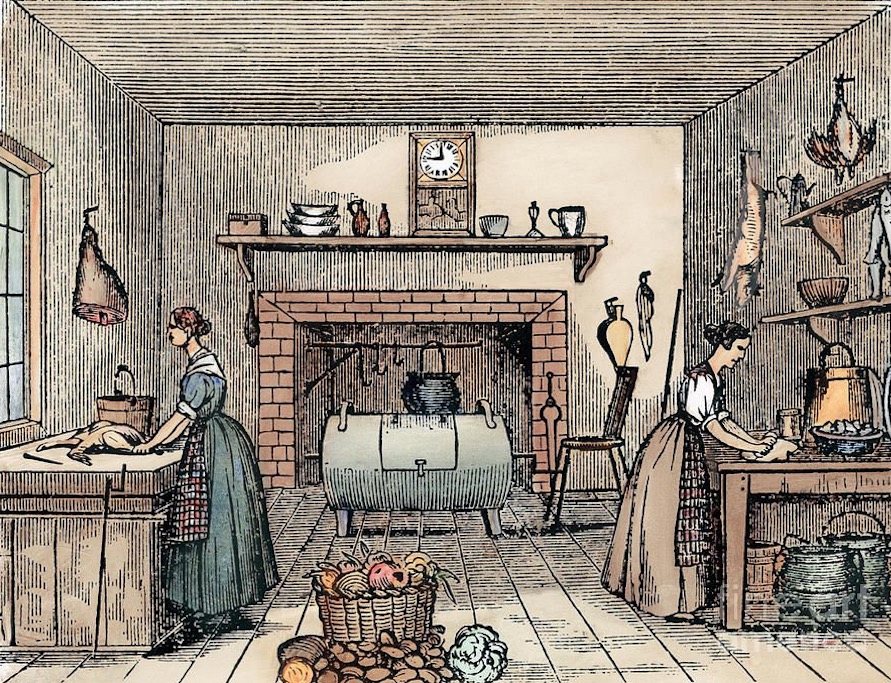
The Iron Age of Cooking: The Rise of Cast Metal Cookers
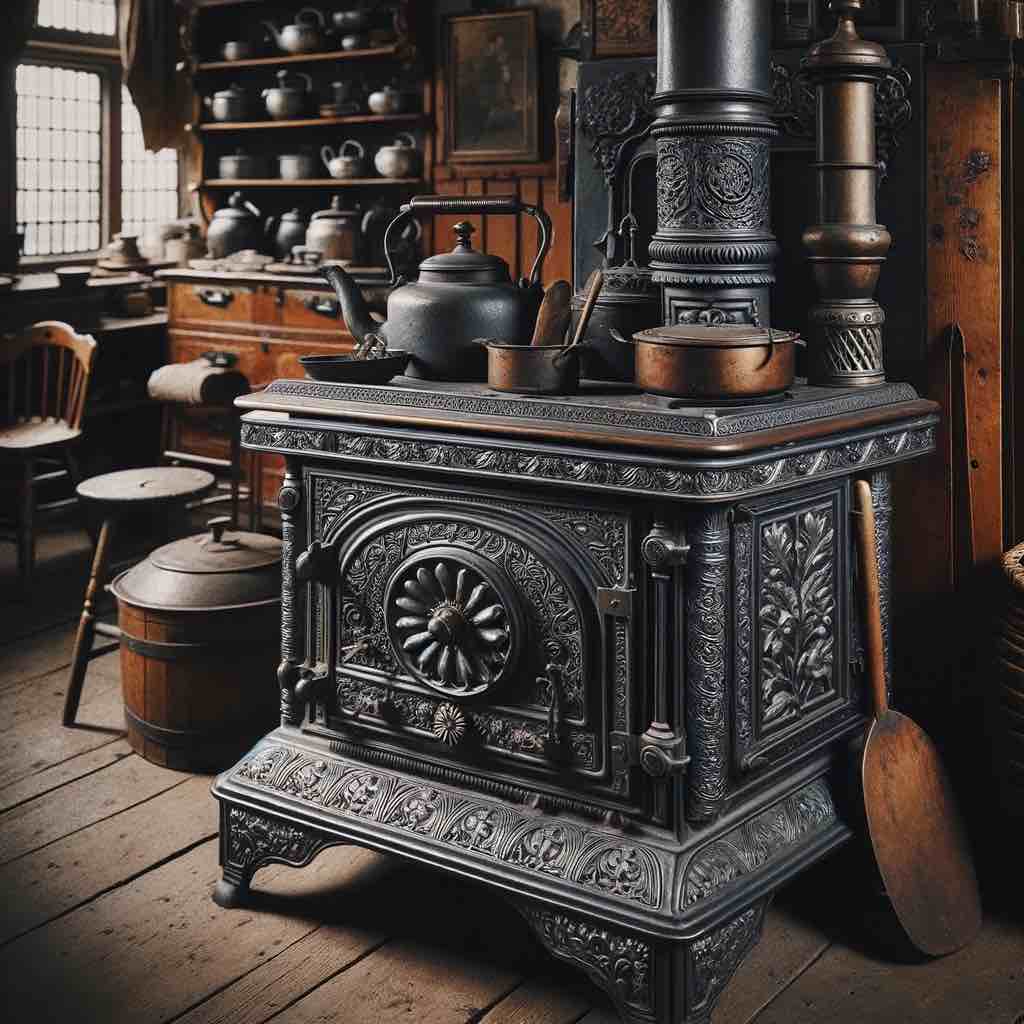
The 19th century ushered in a new era in which cast iron designs replaced masonry stoves, fitting more suitably into domestic kitchens. By the 1850s, this updated version had become a common apparatus in middle-class houses.
The first official appliance is credited to Mary Evard, who in 1850 invented the “Reliance Cook Stove.”
In New York, Elizabeth Hawks created an accessory called “Auxiliary Air-Chamber for Stoves” in 1867. She sold two thousand units of her successful attachment in only 60 days of its launch.
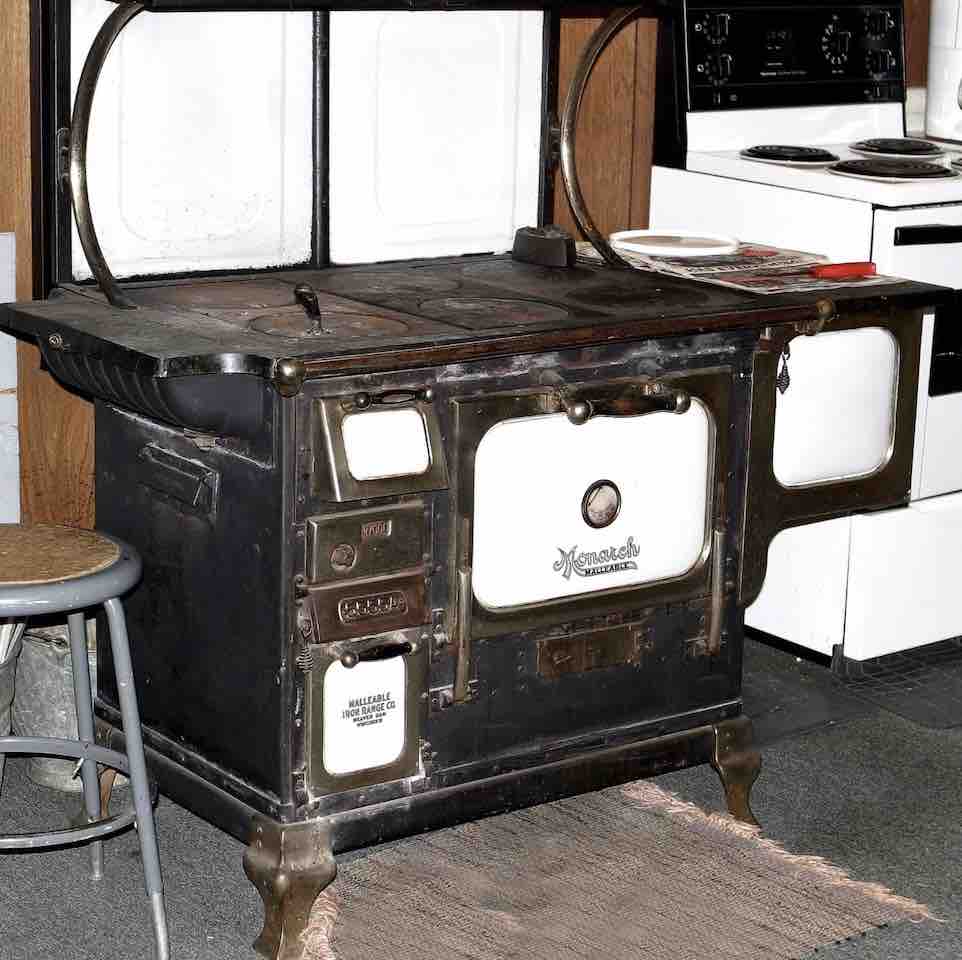
Both flat-top models had the heat concentrated on one side of the stovetop so that chefs could cook at different temperatures based on the place of the pot or pan. Despite the innovation in design, those concepts still consumed charcoal and wood as fuel.
And continued like that for a couple of decades.
The Birthplace of an Industry
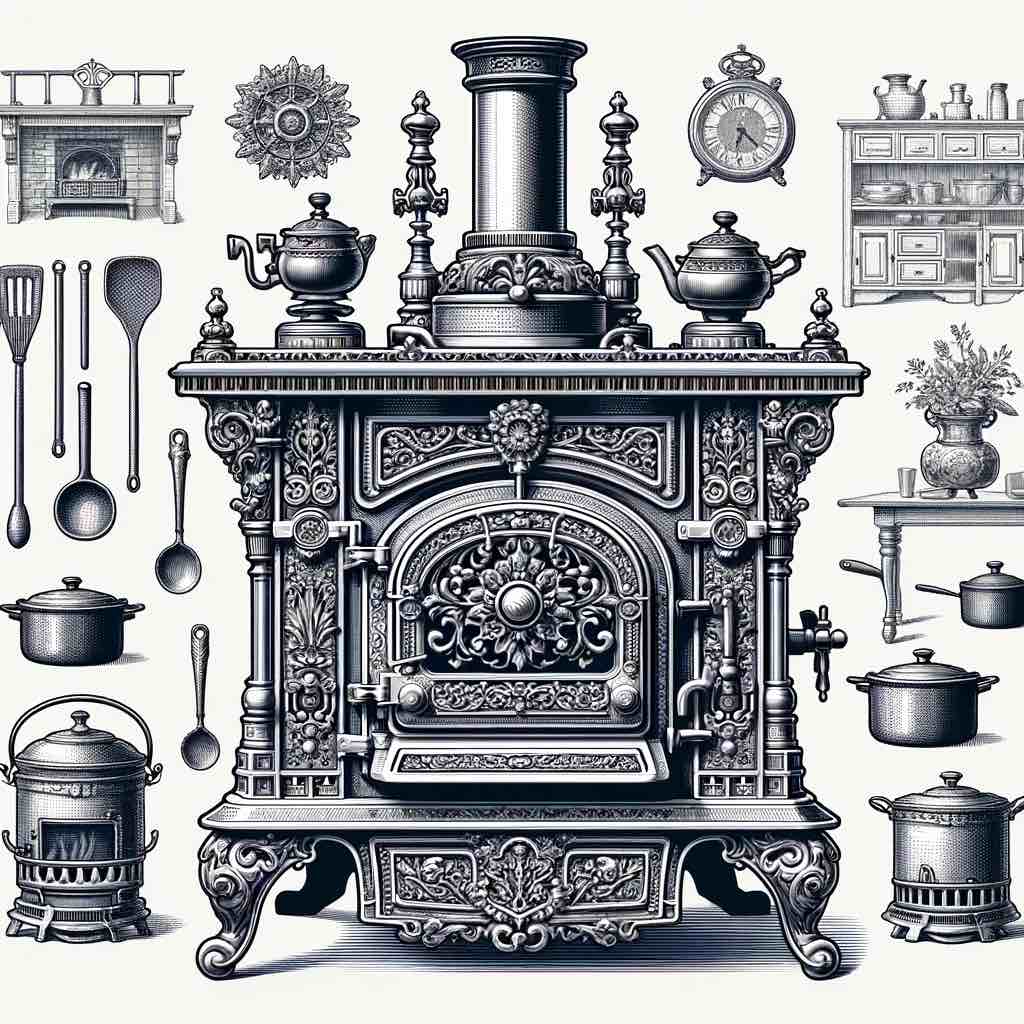
In the late 1800s, Troy, New York, established itself as a centre for iron production, owing to its strategic location near the Hudson River and the Erie Canal, enabling the transport of raw materials and finished products.
Quicker than a wink, the city’s foundries adapted to the emerging iron stove market, and by the mid-19th century, Troy had come to be a major hub for manufacturing.
Companies such as Fuller, Warren & Co., and the Troy Iron and Steel Company became industry leaders.
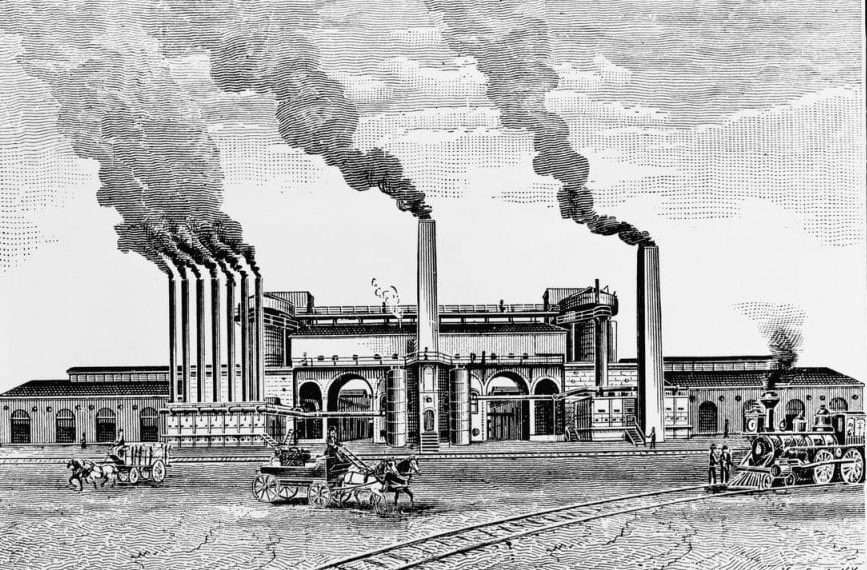
This explosion in manufacture not only created innumerable jobs but also stimulated ancillary businesses.
Local mines supplied the silvery-grey mineral, transport enterprises moved products, and a host of smaller firms emerged to make parts and services for the stove manufacturers.
The city’s economy thrived as the demand for metal cookers grew nationally and internationally.

Cuisine Françoise Takes Off
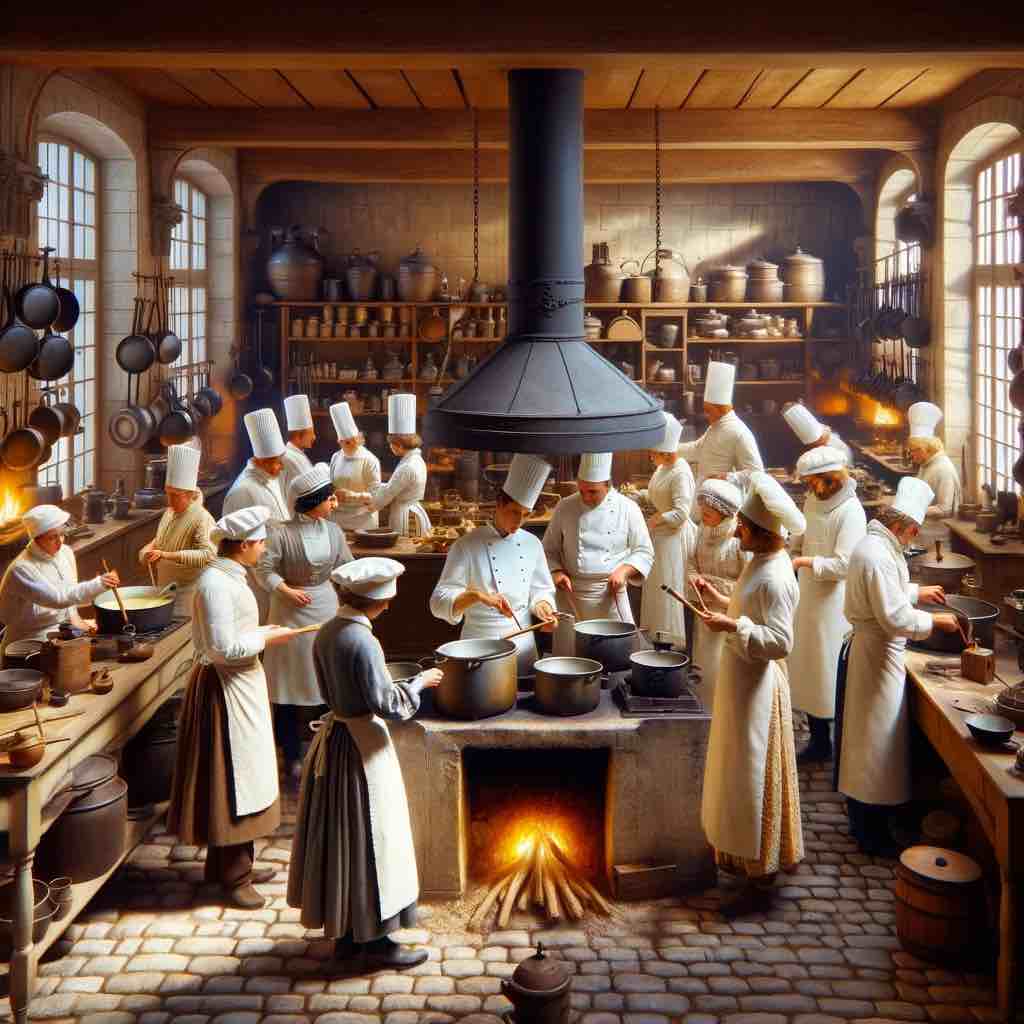
One of the most influential chefs who benefited from the advent of stoves was August Escoffier, a restaurateur and culinary writer who modernised and popularised traditional French cookery styles.
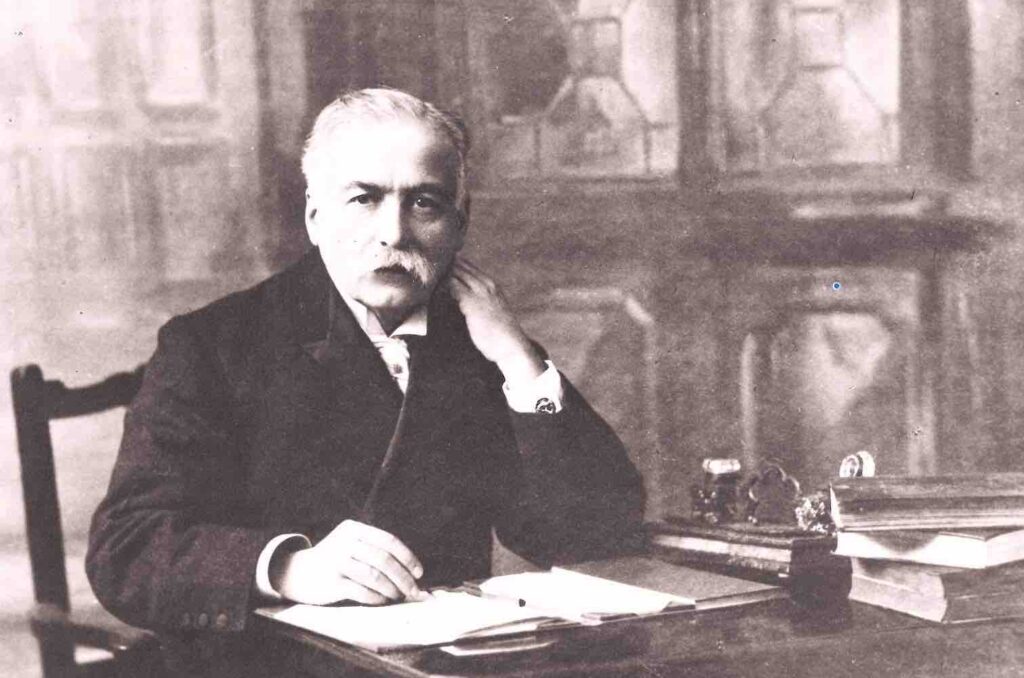
With the introduction of ranges, Escoffier controlled temperatures with much greater precision, allowing him for more delicate cooking techniques, perfect simmer sauces, and cook food at consistent intensity.
This led him to experiment with new recipes and is credited with the development of dishes such as Peach Melba and Cherries Jubilee.
19th Century: A Renaissance in Baking
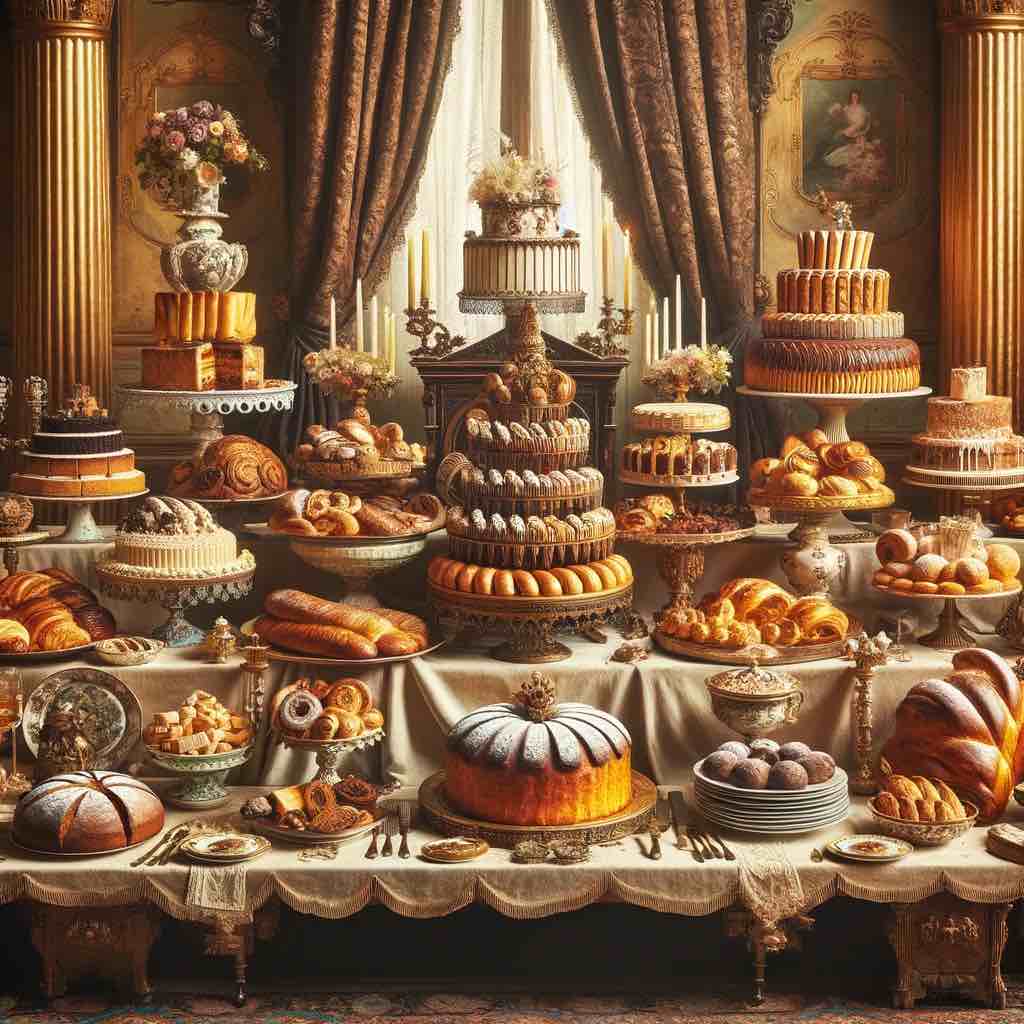
Open fires made it difficult to maintain the right temperature, often leading to unevenly baked goods.
But with stoves, for the first time, bakers were able to adjust the warmth, encouraging them to create a wide range of artisanal breads, delicate pastries, and multi-layered cakes. Also, the precise heat enabled the creation of flakier crusts, softer bread interiors, and more elaborate pastry designs.
“Tell me what you eat, and I will tell you what you are.” Jean Anthelme Brillat-Savarin.
Kitchens in Victorian England
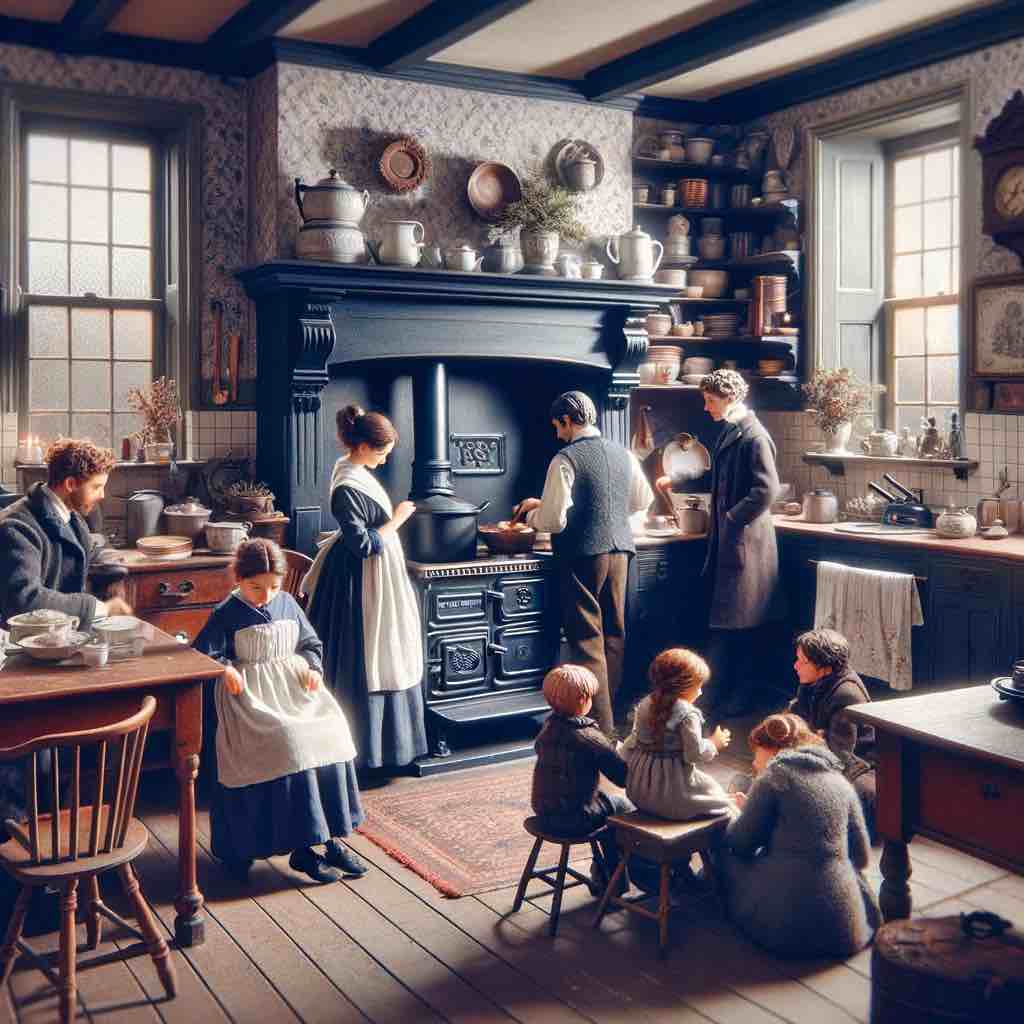
Prior to the stove’s advent, the cooking place functioned as a separate, utilitarian space, detached from the main living areas of the house.
The stove’s arrival transformed that setting into a welcoming hub for family life.
Apart from that, the ascent of the kitchen stove allowed women to find more time for other pursuits, including participating in social movements, which, after a while, contributed to broader societal changes.
And It Came to Pass: The Gas Stove Was Born
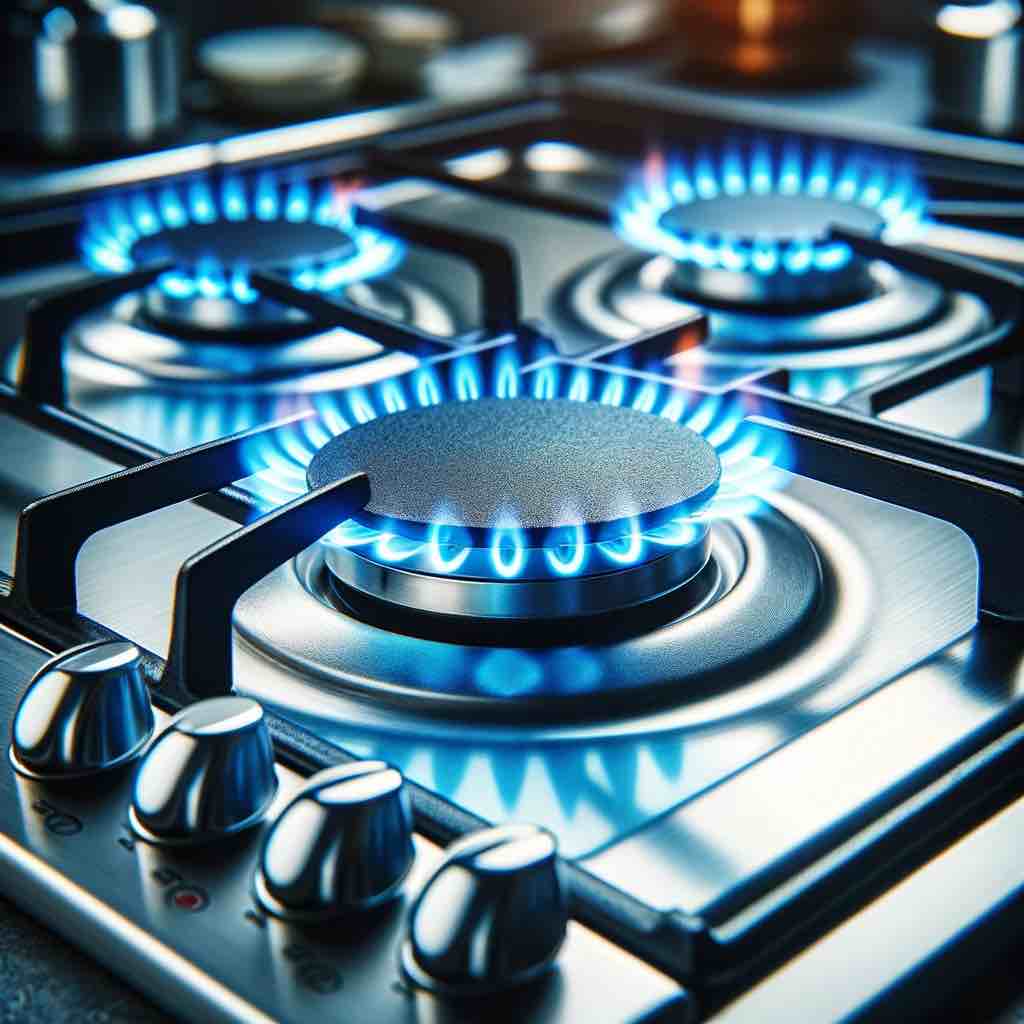
Introducing gas around the 1820s marked a significant improvement in fuel technology. But its application in ranges was just experimental.
In 1826, James Sharp patented a gas-powered burner in England and opened a factory in 1836 with the firm Smith & Philips marketing the appliance.
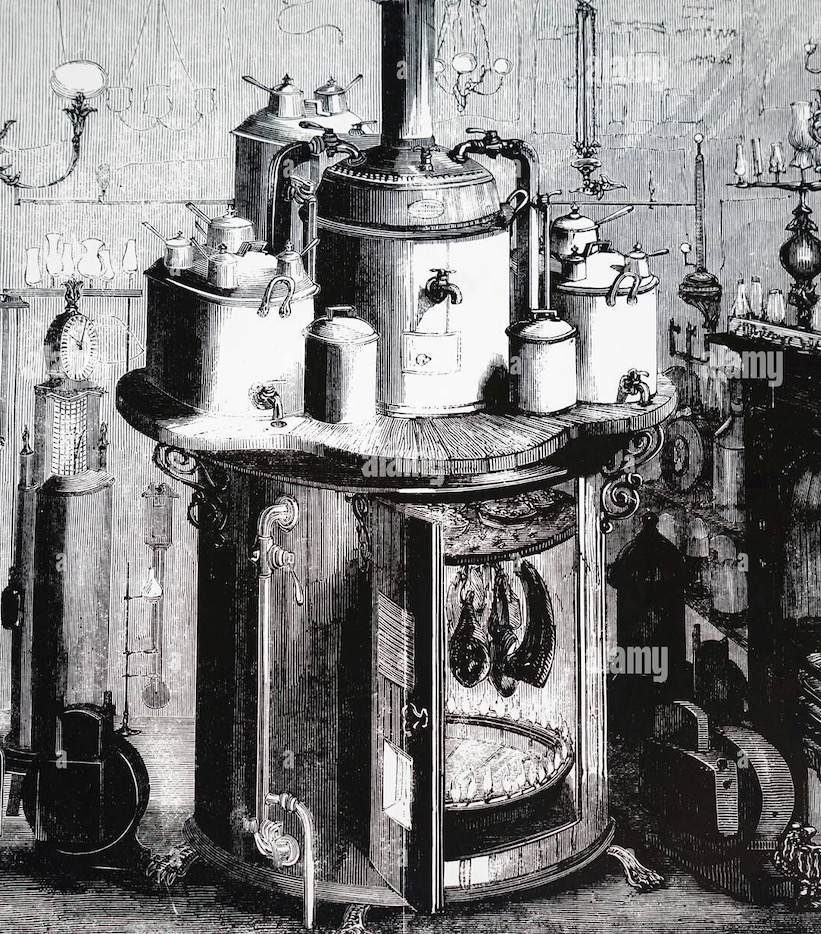
But what carved this new engineering science into society was its adoption at the Reform Club in London in 1841.
Alexis Soyer, a renowned chef, transformed her kitchen to consume pipe gas, claiming that it was cheaper since it could be turned off when the stove was not operating.

Another milestone included the presence of the blue-flame device at London’s Great Exhibition of 1851, where people appreciated the advantages of the original method of cooking.
But the 1880s transformed the modern ranges into a commercial success in England due to the expansion of a reliable network of pipelines across the country, making gas easy on the wallet and efficient for domestic use.
Other European nations followed suit and laid pipelines in the last decades of the 19th century. In the United States, however, gas stoves arrived in the early 20th century.
Energy Shift: Decrease in Wood Consumption
Before modern hobs, logs worked as the primary fuel for cooking and heating in households, but this demand led to extensive deforestation.
As urbanisation intensified during the Industrial Revolution and beyond, a transition away from burning wood took place. Urban areas facilitated easier access to alternative fuels such as gas and electricity, making them more suitable for the improved stove models.
Chronicles and Adventures
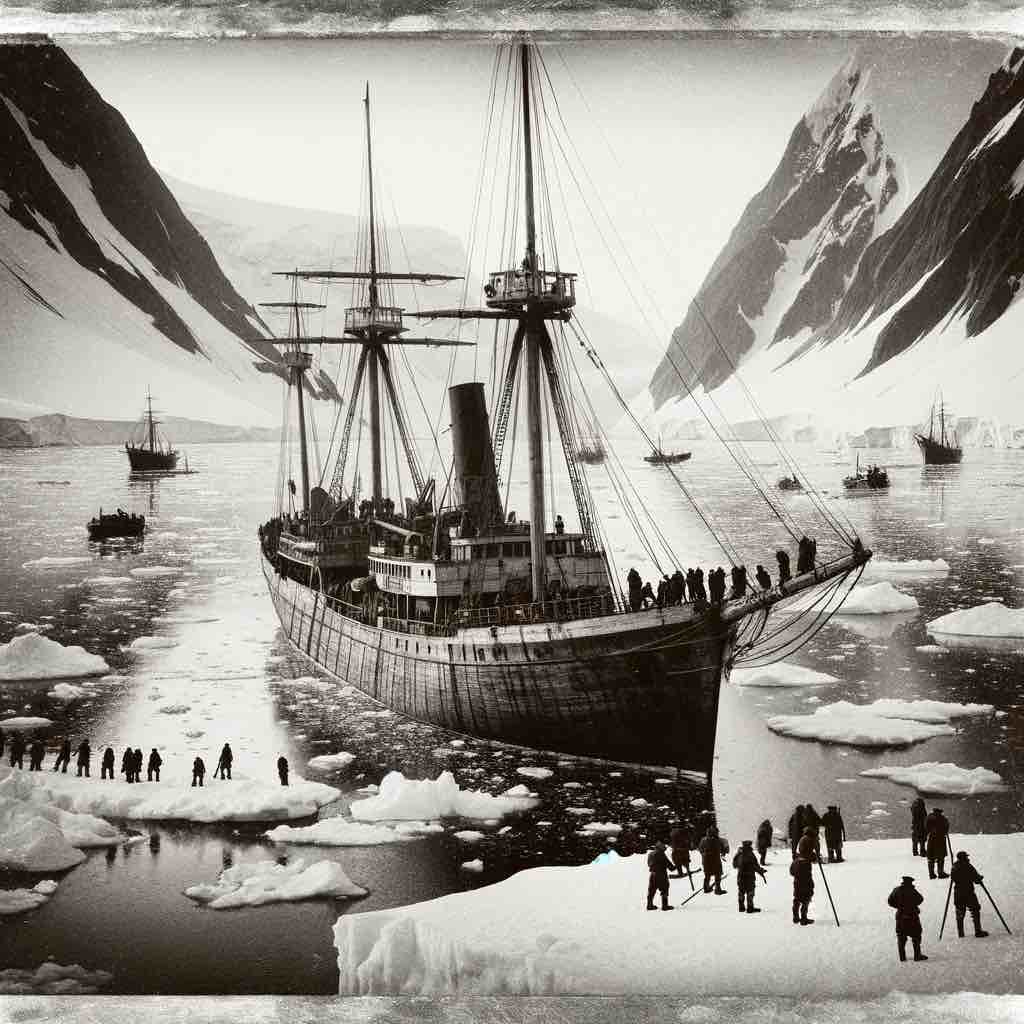
The story of Robert Falcon Scott’s Antarctic voyages vividly illustrates the role of stoves in expeditionary travel, particularly in harsh and extreme conditions.
Scott’s expeditions, including the ill-fated Terra Nova Expedition (1910–1913), ventured into one of the most inhospitable environments on Earth, Antarctica, where temperatures can plummet below freezing.
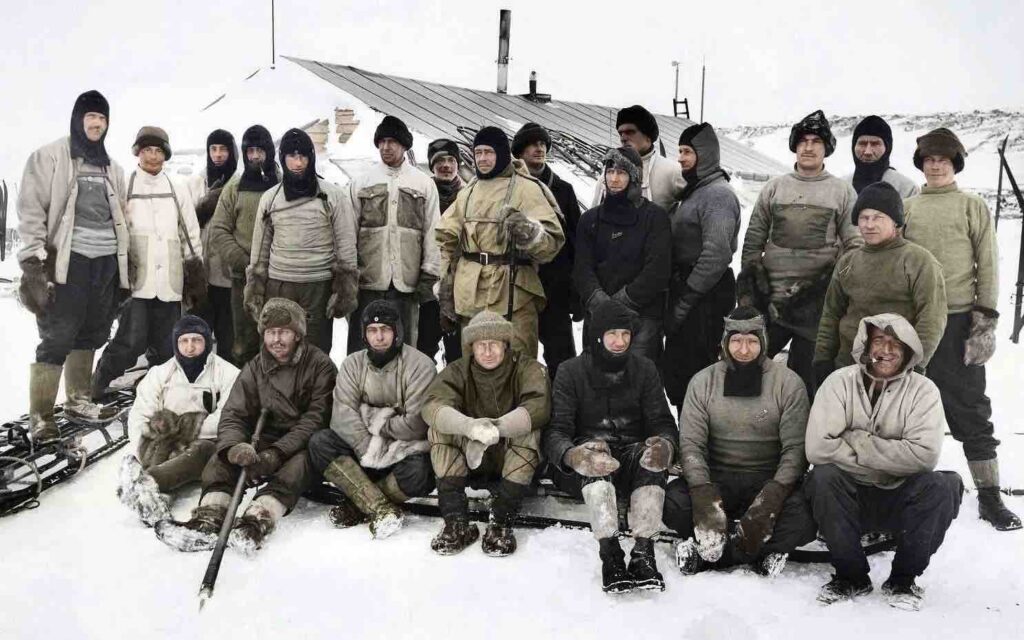
In such a hostile territory of the planet, conventional firewood is non-existent. Given that, the crew took with them a Primus stove, a portable, kerosene-fuelled model created in the late 19th century.
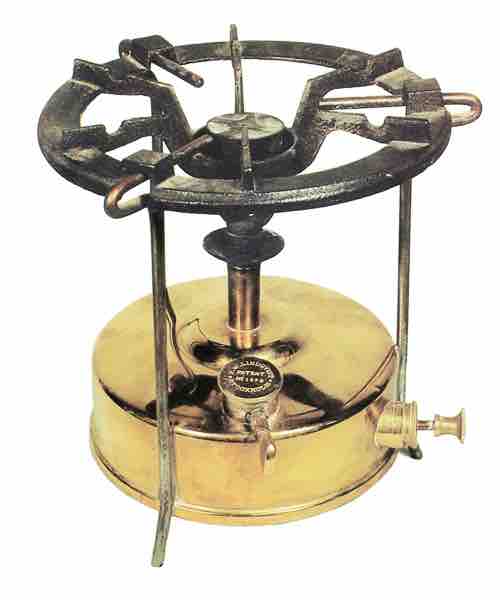
It was a game-changer for the polar exploration, allowing the expedition team to melt snow for drinking water and cooking food, as well as a source of heat, and to keep morale up in the desolate landscape.
“The only time to eat diet food is while you’re waiting for the steak to cook.” Julia Child.
The Spark of Electric Stoves
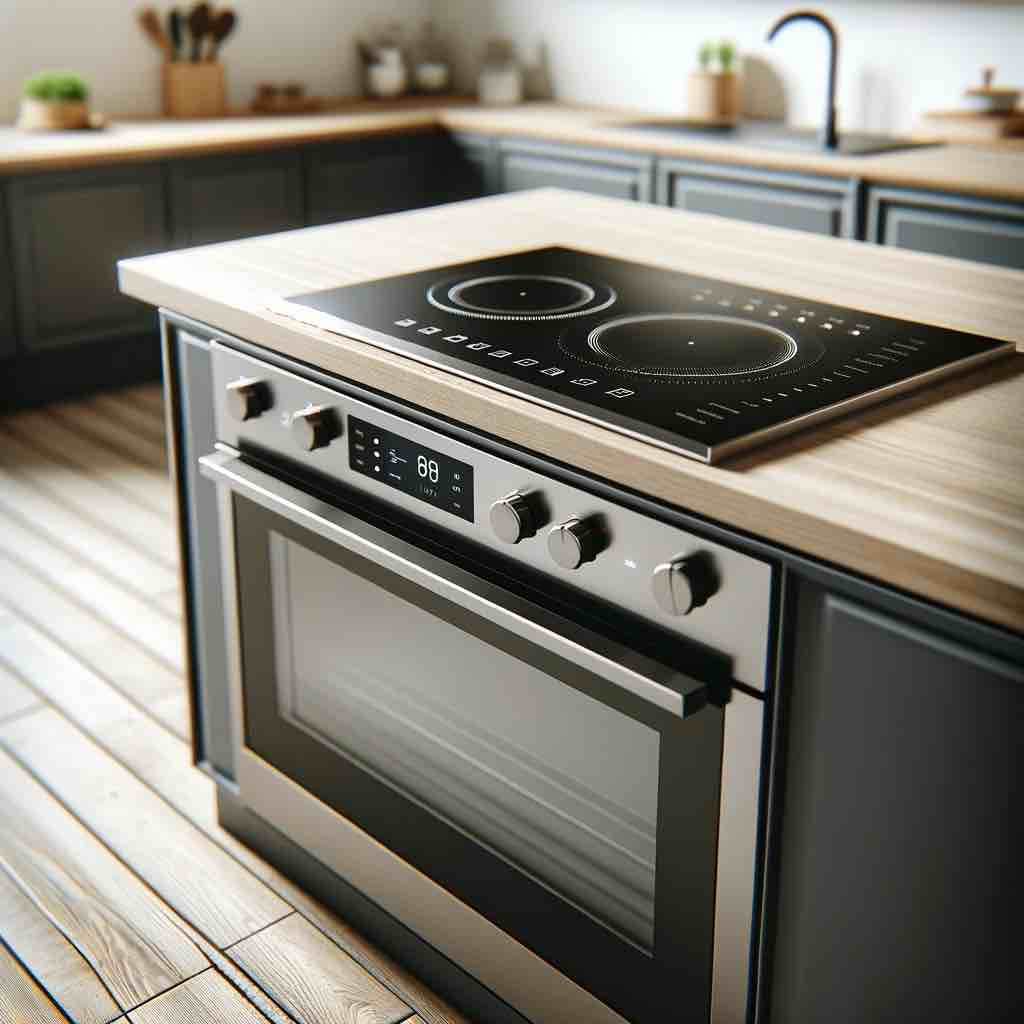
Once electricity arrived, electric ranges became popular as an alternative to fuel-burning devices.
In 1892, Thomas Ahearn filed the earliest known patent, but challenges such as high consumption, limited power, poor temperature regulation, and the brief life of heating elements affected its widespread use.
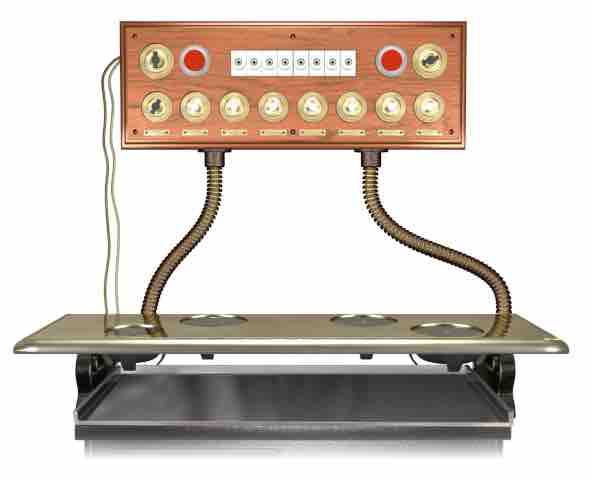
Then, something extraordinary happened.
In 1905, David Curle Smith invented the Nichrome alloy, improving the material’s durability and making wattage warmers more reliable.
How Does an Electric Stove Work?
When you turn it on, an electrical current flows through metal coils installed in the range. Since the electricity meets resistance, the metal turns red hot and generates thermal energy.
But the high degree doesn’t stay there; rather, it transfers to your pots and pans placed on top of them.
Electric stoves have a knob to make the spirals hotter or cooler – a thermostat. When the stove reaches the right temperature, the circuit opens, and the heat stops. But if things cool down too much, the circuit closes again and the heat resumes.
Kitchen Stoves in the 21st Century
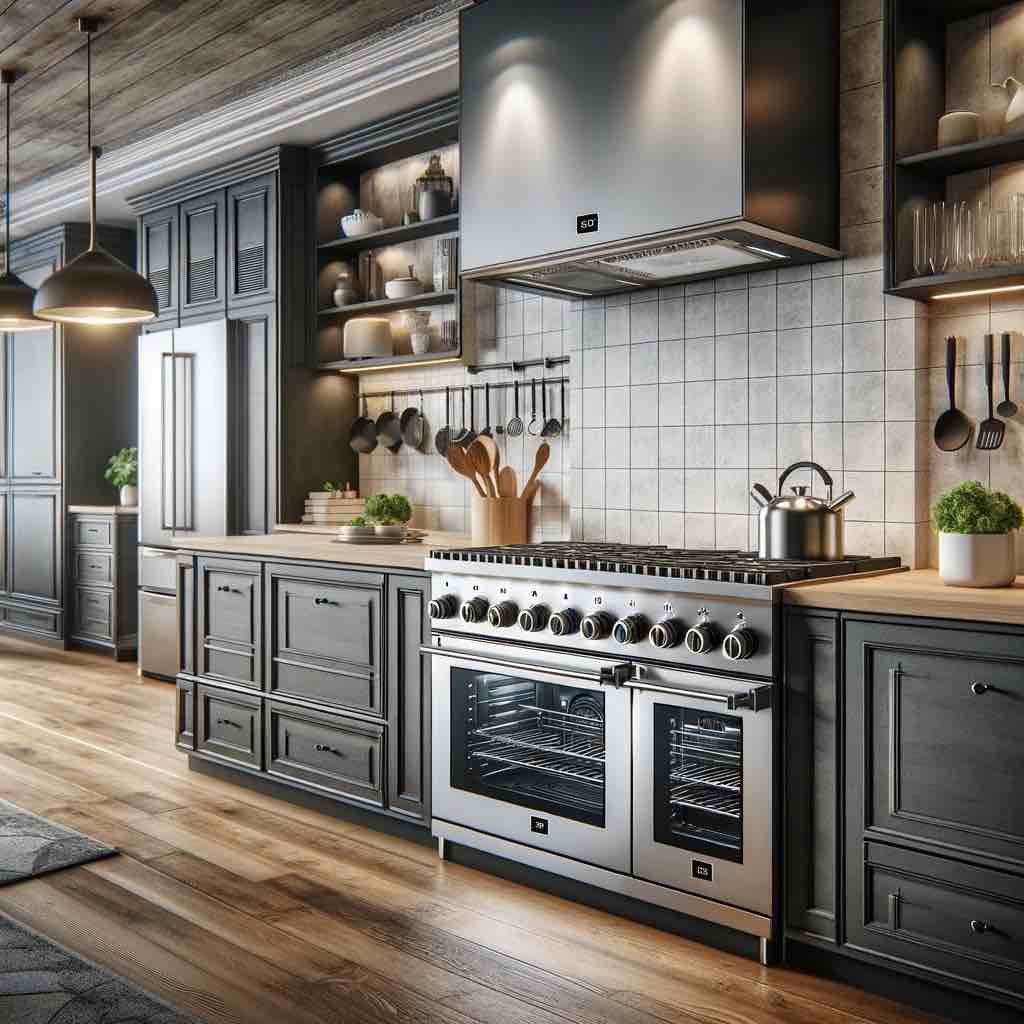
Today’s ranges are not just about cooking; they embody the ethos of efficiency, safety, and style.
The advent of induction technology has revolutionised the market as it uses magnetic fields to heat pots and pans, offering precise temperature control and improved energy savings.
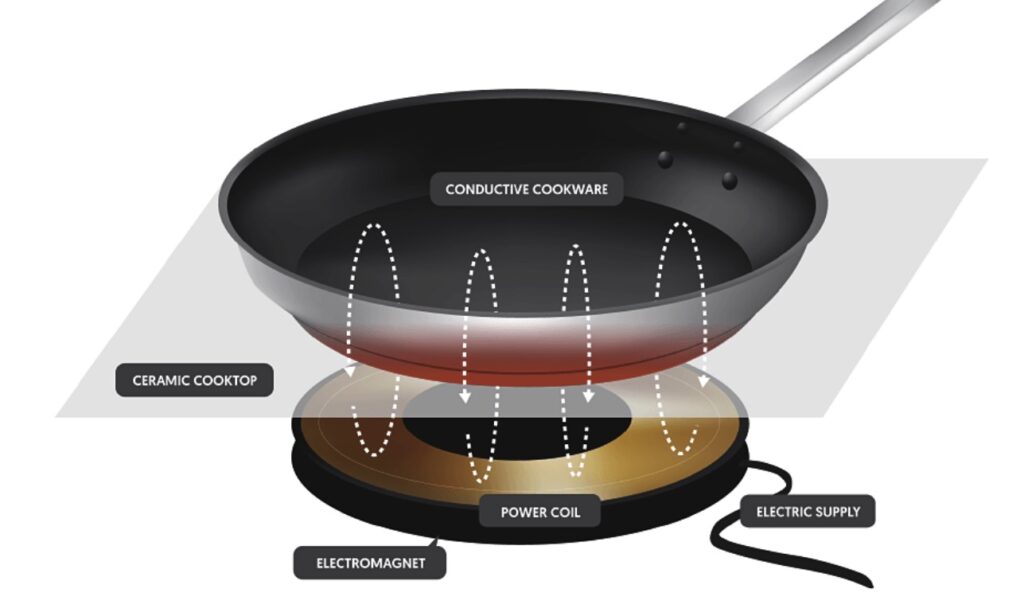
This innovation speeds up the process and makes it safer by keeping the cooktop cool, reducing the risk of burns and fires.
Integrating smart tech into cuisine is another hallmark of this era. Wi-Fi-enabled stoves and cooktops allow users to hold the reins and monitor their meal preparation remotely through smartphone apps.
This integration offers unparallel convenience for busy individuals, enabling them to manage meal preparation alongside other daily tasks.
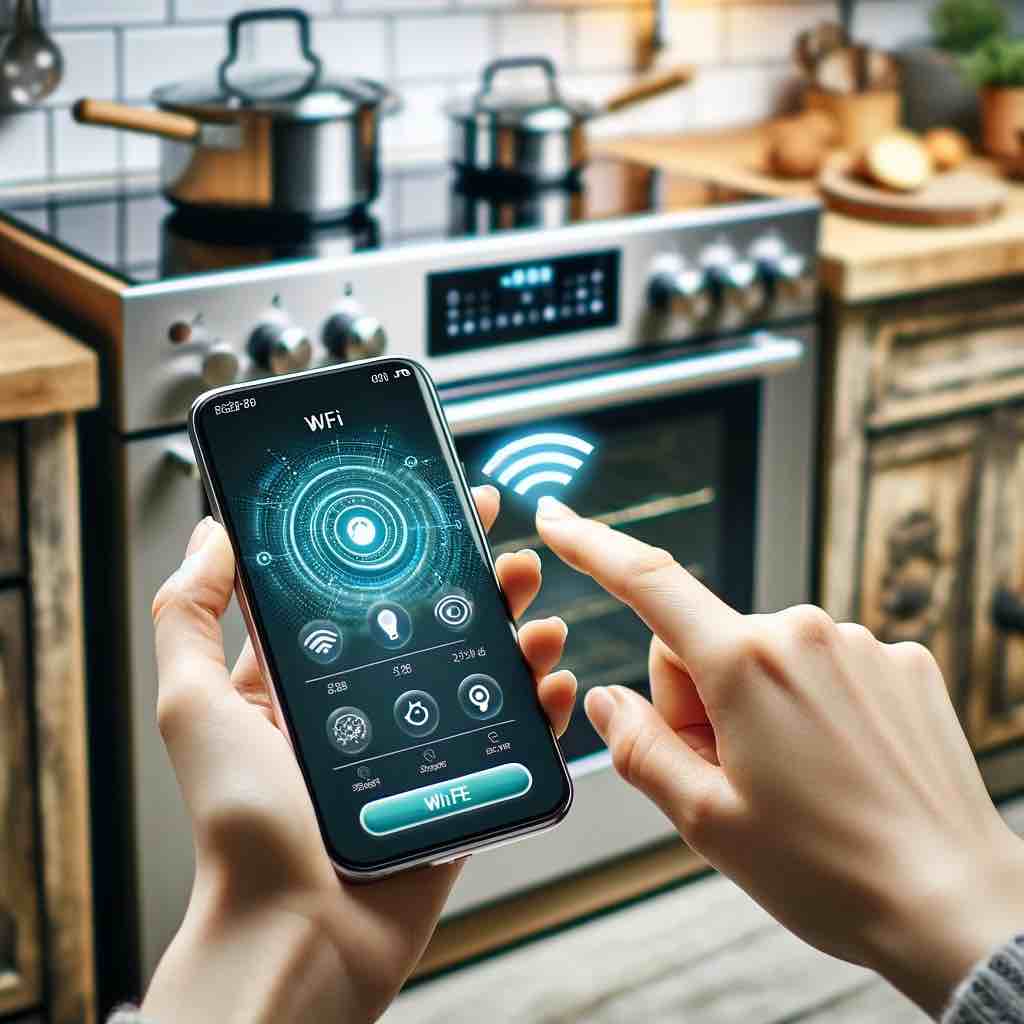
Moreover, the push towards sustainable living has resulted in the development of eco-friendly stoves. For instance, solar-powered and biogas-fuelled models are gaining popularity, underscoring the shift in favour of greener cooking solutions.
Final Thoughts
As we’ve journeyed from the ancient clay and charcoal stoves of the Qin Dynasty to the smart induction cooktops of today, it’s clear that the humble kitchen stove is more than just a tool for cooking.
It’s a reflection of our technological advancements, cultural shifts, and a testament to human ingenuity.
The evolution of stoves not only mirrors our culinary history but also our continuous quest for efficiency, safety, and sustainability.
As we look to the future, the stove will continue to be at the heart of our homes, cultures, and everyday lives.
Would you like to share any cooking experience with us?


